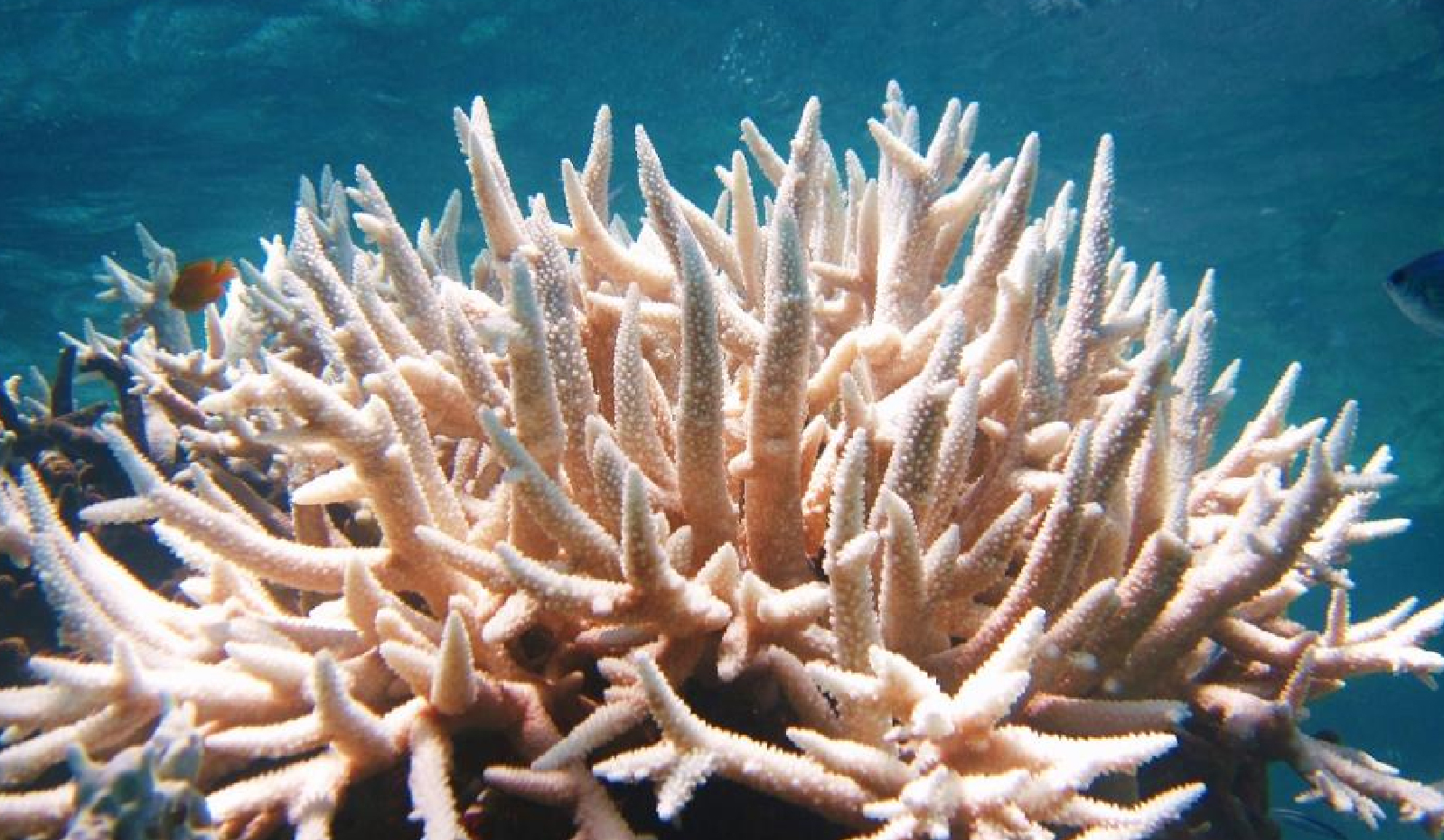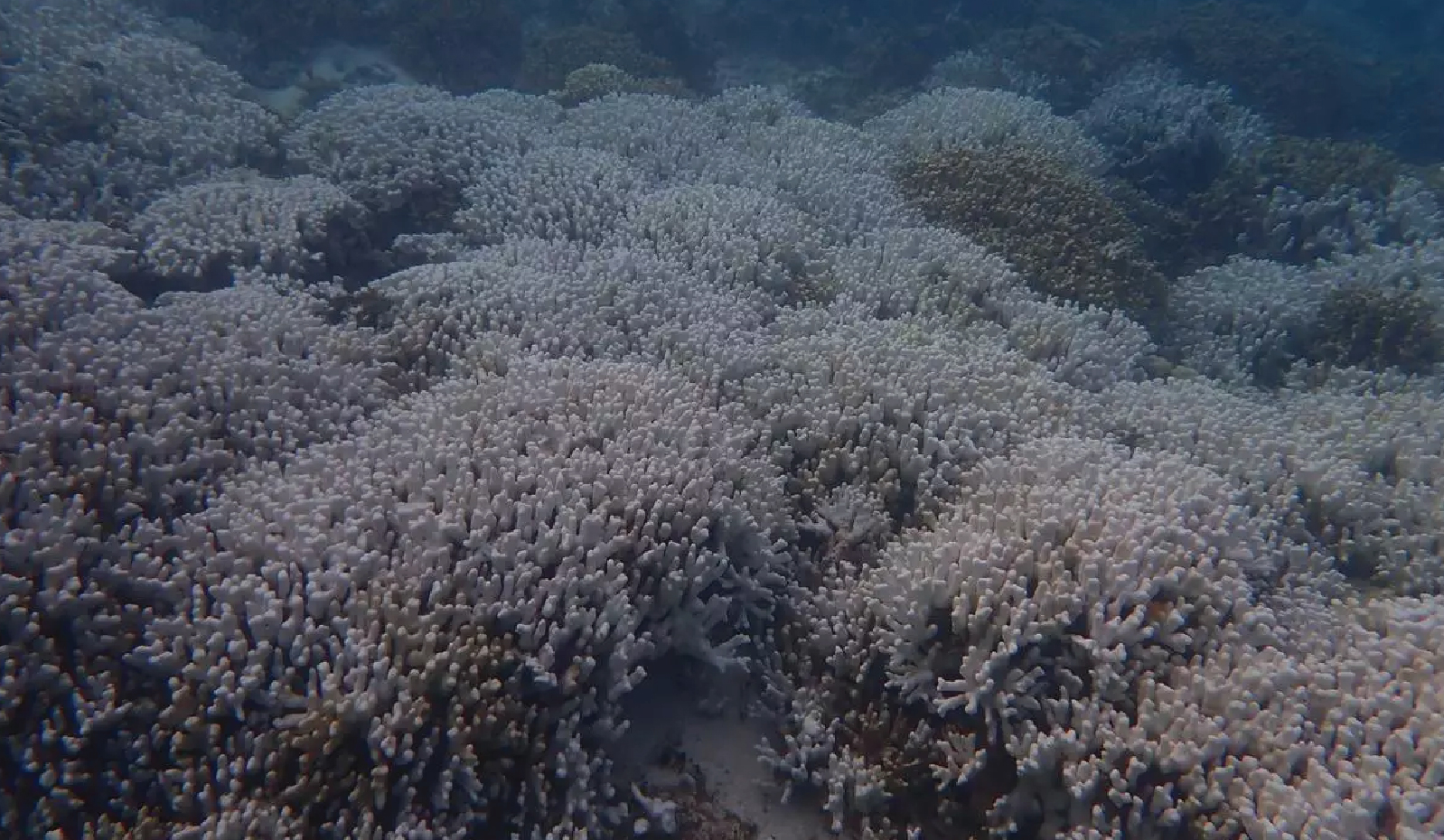Scientists have confirmed the ongoing fourth global coral bleaching event is the most intense and widespread on record, continuing from early 2023 through March 2025.
- This bleaching-level heat stress impacted 84% of the world’s reefs while previously first event (1998) affected 21% reefs, second event (2010) affected 37% reefs and third event (2014-17) affected 68% reefs.
About Corals and Coral Bleaching
- Corals are invertebrate animals that live in colonies of polyps formed by a process called budding (original polyp growing copies of itself).
- Corals are generally classified as either hard coral (reef-building corals) or soft coral.
- Hard corals build massive reef structures through calcium carbonate secretion.
- Corals have a symbiotic relationship with algae called zooxanthellae that provide them with nutrients through photosynthesis.
- Coral bleaching occurs when corals expel their colourful zooxanthellae due to environmental stress (primarily rising ocean temperatures), leaving them white and deprived of their main food source.
- This can lead to mass coral death if prolonged.
Significance of Coral Reefs
- Biodiversity Hotspots: Support approximately 25% of all marine species.
- Coastal Protection: Act as natural breakwaters protecting coastlines from storms, erosion, and flooding.
- Economic Value: Estimated $10 trillion in economic benefits globally through tourism, fisheries, and coastal protection.
Coral Conservation Technologies
|






